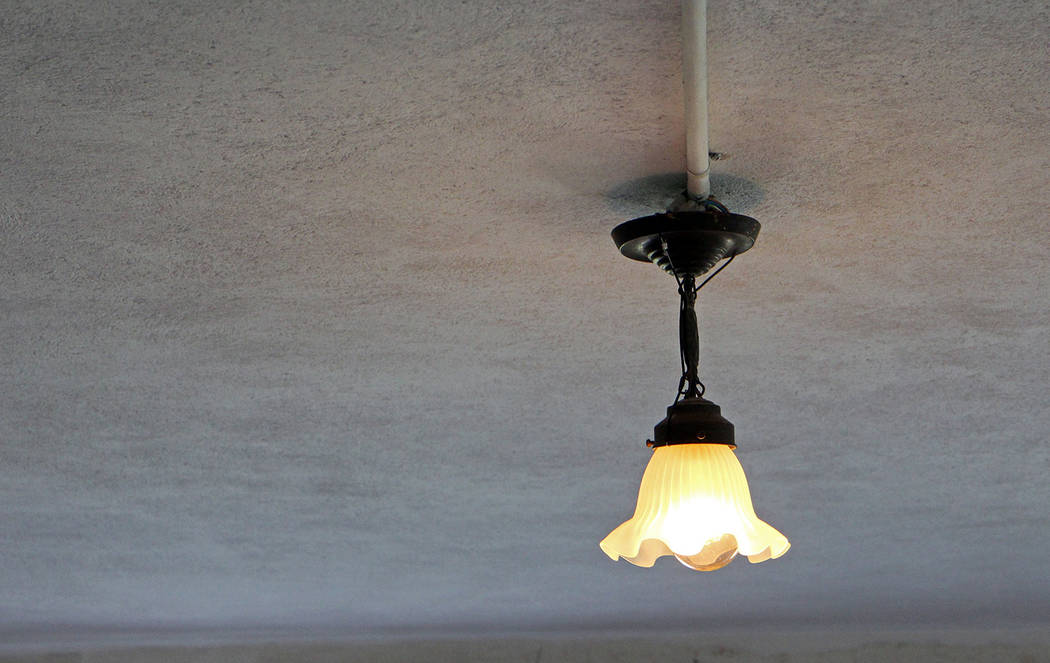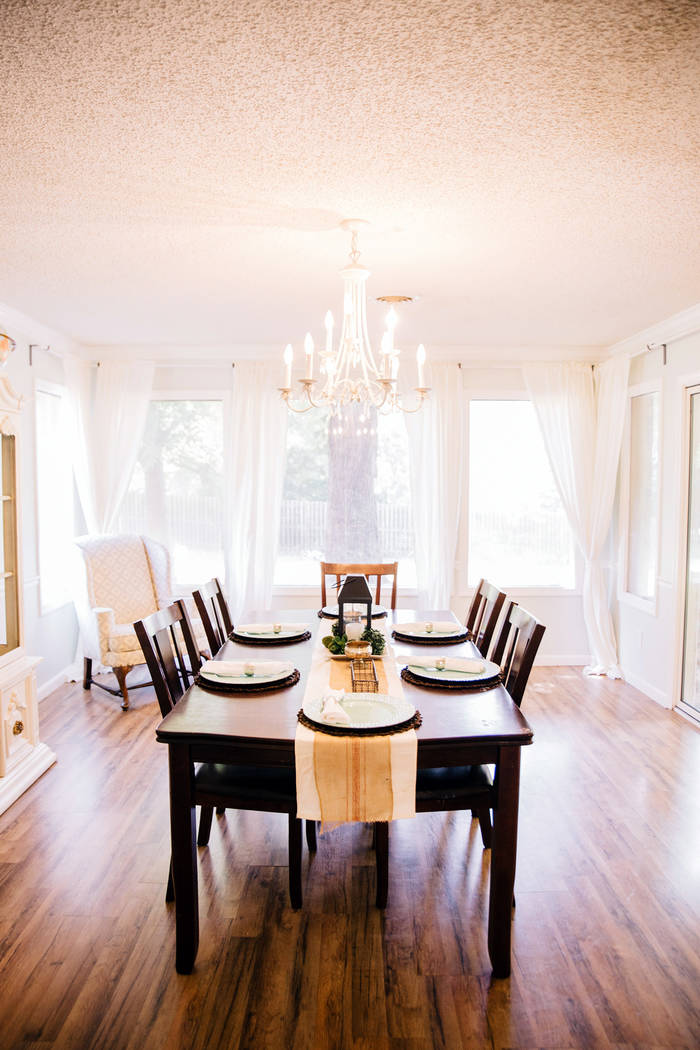Popcorn ceiling removal can pose health risks
The dreaded popcorn ceiling, aka cottage cheese, stucco, etc., has long fallen out of favor in the design world. That objectionable lumpy surface — dated, dust collecting, difficult to clean — is something most homeowners can’t wait to get rid of. We are familiar with this angst as many of our houses were constructed during a time when “popcorn” wasn’t just for eating.
This spray-on texture was popular from the ’50s through the ’80s because of how quickly and cheaply it allowed builders to finish a ceiling. It also offered acoustic properties and was fire resistant.
According to Asbestos.com, the Clean Air Act of 1978 banned spray-on asbestos because of the emerging number of workers experiencing serious respiratory issues who worked with it. Health risks be damned, laws allowed businesses to use up their back stock, so asbestos popcorn ceiling was applied well into the 1980s.
Most post-1980s popcorn ceilings do not contain asbestos. The newer formula uses paper fiber or Styrofoam product for texture. It’s important to know that no danger is present with asbestos unless particles become airborne and are inhaled or ingested.
In theory, popcorn ceiling removal is a DIY project, but proceed with caution. You must first determine that your ceiling is asbestos-free. There are DIY kits for under $10 that test for asbestos. (At this point you might as well test for lead paint, often a combo kit.)
Know that the removal process is backbreaking and very messy. Essentially, the popcorn is sprayed down with water, then scraped away — a lot of scraping. A simple garden sprayer and large putty knife will do the trick. It’s best approached small sections at a time.
The basic removal is as follows:
■ Wear protective gear and cover all surfaces with plastic drop cloths. Remove ceiling fixtures. Switches, outlets, can lights and electrical boxes should be taped over.
■ Spray down a section; wait about 15 minutes and start scraping, being mindful not to gouge the drywall beneath the texture.
■ Once all the popcorn is removed, sand the entire surface until smooth. You may need to skim coat the ceiling if there are dings and gouges to fix (apply a thin layer of joint compound over the entire surface.)
If you find after spraying the popcorn is not softening, it has been painted, which will stymie the scraping process. At this point try dry scraping, then spraying to see if the water absorbs.
Another option is to add a new surface right over the popcorn. New drywall or tongue and groove planks are options to consider.
If this type of project doesn’t tickle your DIY fancy, a handyman will charge around $1.50 per square foot or about $300 for an average size room. As for time, Bob Regan from Need a Handyman? What About Bob in Henderson explains homeowners should empty out the room as much as possible to help advance the job.
“If an average room is emptied out, the popcorn removal can get done in three to four hours,” Regan said.
Considering a worst-case scenario — if your popcorn has more than 1 percent asbestos, removal is best left to a professional. Use a certified asbestos abatement contractor to remove the contaminated materials using strict regulations and processes, keeping you and them safe from exposure.
While I recommend using a pro for removal, it is not legally required here. Mark Palm, Boulder City building official, explained, “according to the Southern Nevada Health District there are no laws that mandate asbestos testing or professional removal in residential building codes.”
Before making a decision on popcorn removal, consider some of the pros for keeping it. A popcorn ceiling is formally called “acoustic ceiling” because of its noise-dampening properties. Its texture hides ceiling imperfections. They are paintable, so a new coat of paint can refresh the space.
There’s a lot to consider with popcorn ceiling. On a personal note, I prefer mine buttered in a bucket.
Norma Vally is a seasoned veteran of home improvement; her career includes four seasons as host of Discovery Home Channel’s Emmy-nominated series “Toolbelt Diva.” A columnist and author, Vally splits her time in Southern Nevada, Los Angeles and New York City. Follow her on Facebook at Norma Vally “Toolbelt Diva” and visit her at www.NormaVally.com. Email Norma@NormaVally.com.










